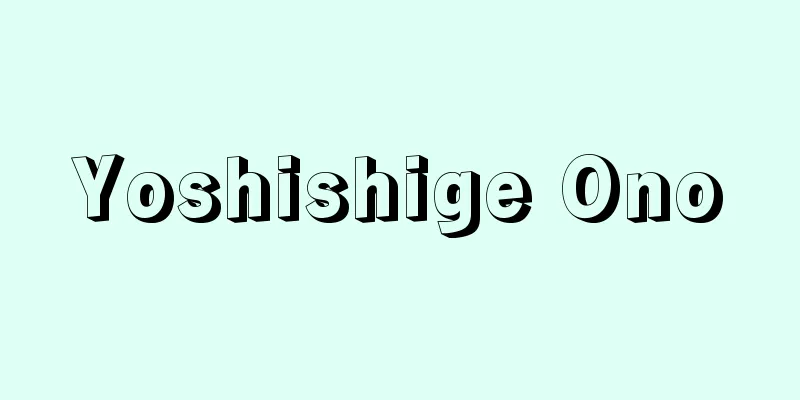Chiyogami paper

|
Various patterns are printed in color using woodblocks on washi paper such as Nishinouchi and Jimasa. It is used as a handicraft material to cover small boxes, or for clothing for paper dolls. In the Edo period, there was a paper in Kyoto that had patterns hand-painted on hosho paper and was called Teika-style. This is said to be the origin of patterned paper. Chiyogami was born with the rise of Nishikie (colored woodblock prints) after the Kansei period (1789-1801), and was mainly drawn by ukiyo-e artists in Edo. It is said to have been named chiyogami because the designs often featured auspicious themes such as pine, bamboo, and plum blossoms, and treasures. In the Oe Toshinori-ki, there is an entry that says, "June 4, 1815 (Bunka 12), 100 sheets of chiyogami," which shows that it was called by this name at the time. One theory is that it was named after the women of the inner palace of Chiyoda Castle who used it as craft paper, and it developed as a handicraft item for the ladies-in-waiting. There are also elegant works such as "Rakuo-konomi" (Rakuo's favorite) which Matsudaira Sadanobu (Rakuo) commissioned the artist Tani Buncho to paint. By the end of the Edo period, it had become widely popular, and the designs increased to include costume patterns such as hemp leaves, swastikas, and kanoko, as well as plays and toy pictures, making it a type of illustrated book. As it became a toy for girls, cheap paper called Sanmon Chiyogami became commercially available and was used as a material for origami and Anesama dolls. After the Meiji period, Western paper was also used. [Ryosuke Saito] Source: Shogakukan Encyclopedia Nipponica About Encyclopedia Nipponica Information | Legend |
|
西の内、地柾(じまさ)などの和紙に、さまざまな模様を木版で色刷りしたもの。手芸材料として小箱に張ったり、紙人形の衣装などに用いられる。江戸時代、奉書に肉筆で模様を描き、定家(ていか)好みなどとよんだものが京都にあった。それが模様紙のおこりといわれる。千代紙は寛政(かんせい)年間(1789~1801)以後錦絵(にしきえ)の興隆に伴って生まれ、江戸の浮世絵師が主として描いた。図柄に松竹梅、宝尽くしなどめでたいものを多く扱ったので千代紙の名がついたという。『大江俊矩(としのり)記』に、「文化(ぶんか)一二年(1815)六月四日、千代紙百枚」とあり、当時この名でよばれたことがわかる。一説には、千代田城の大奥の女性たちが細工紙として使用したので名づけられたともいわれ、奥女中の手芸用品として発達した。また、松平定信(さだのぶ)(楽翁)が、画師谷文晁(たにぶんちょう)に描かせた「楽翁好み」などの典雅な作品もある。江戸末期には広く大衆化されて、図柄も麻の葉、卍(まんじ)つなぎ、鹿(か)の子(こ)などの衣装模様や、芝居、おもちゃ絵など絵草紙の一種として種類も増えた。 また、女児のもてあそび物となるにしたがい、紙質も三文千代紙とよばれる安価なものが市販され、折り紙や姉様人形の材料となった。明治以降は洋紙を用いるものもある。 [斎藤良輔] 出典 小学館 日本大百科全書(ニッポニカ)日本大百科全書(ニッポニカ)について 情報 | 凡例 |
<<: Chiyokawa [Village] - Chiyokawa
>>: Choga Mami (English spelling)
Recommend
Behistan
…A village located 32 km east of Kermanshah in we...
Calcutta Shipping Conference - Calcutta Shipping Conference
...Cartels between shipping companies on liner ro...
Mikamo [town] - Mikamo
An old town in Miyoshi County, western Tokushima P...
Karma Yoga (English spelling)
It is a path to liberation described in the Hindu ...
Properdin
…However, it has been discovered that some bacter...
Hisamichi Kano
Year of death: 17th August 1748 (9th September 174...
ISO - Iso
International Organization for Standardization. An...
Goetze, A.
…Hittite was discovered to be a branch of the Ind...
Drawing pattern - Kakimonyo
...Furthermore, flying clouds are sometimes added...
Rubā'ī (English spelling) rubai
…But the 9th century was the infancy of Persian l...
Ise no Umi Godayu - Ise no Umi Godayu
…Second in rank to Kimura Shonosuke. The family o...
Mexican moccasin (English spelling)
...It is found in Taiwan, southern China, and Ind...
System of National Accounts
An international accounting standard for systemat...
Omi Saints
An honorific title for Nakae Toju, the founder of ...
Kaban language - bag
…There are many examples of similar works in Shak...









